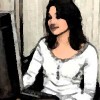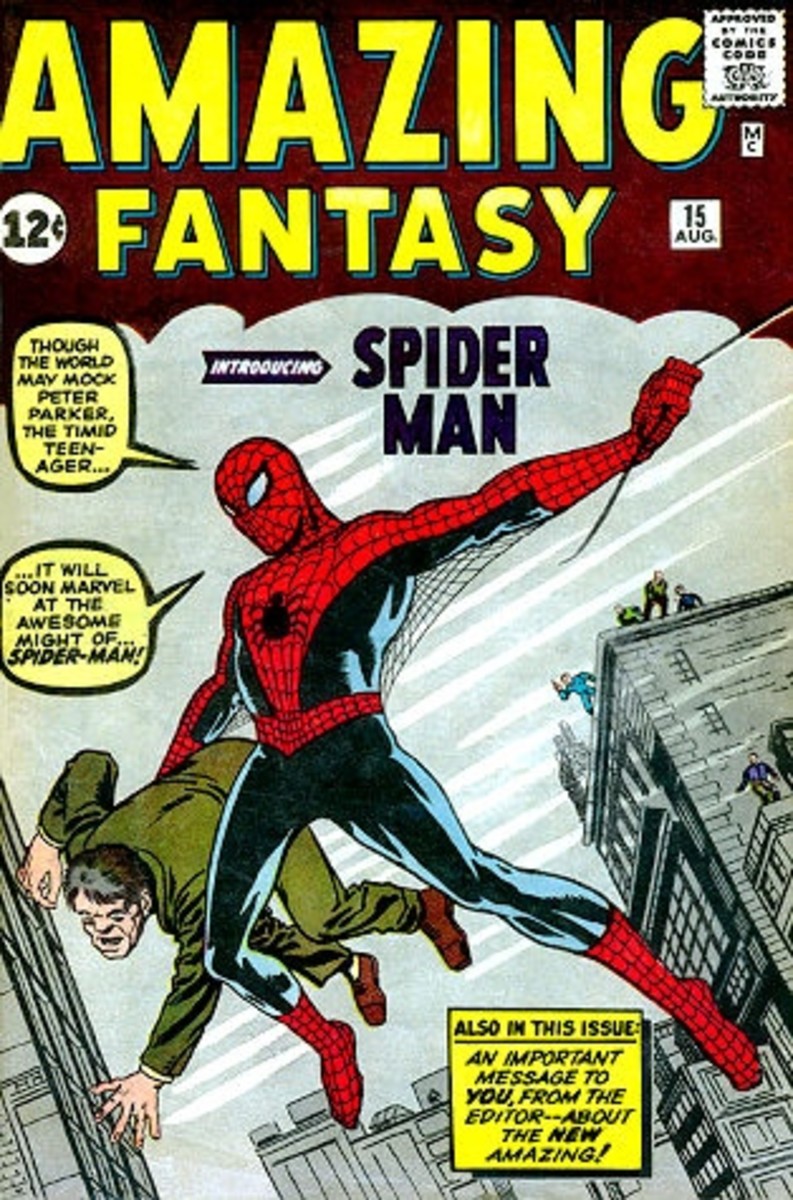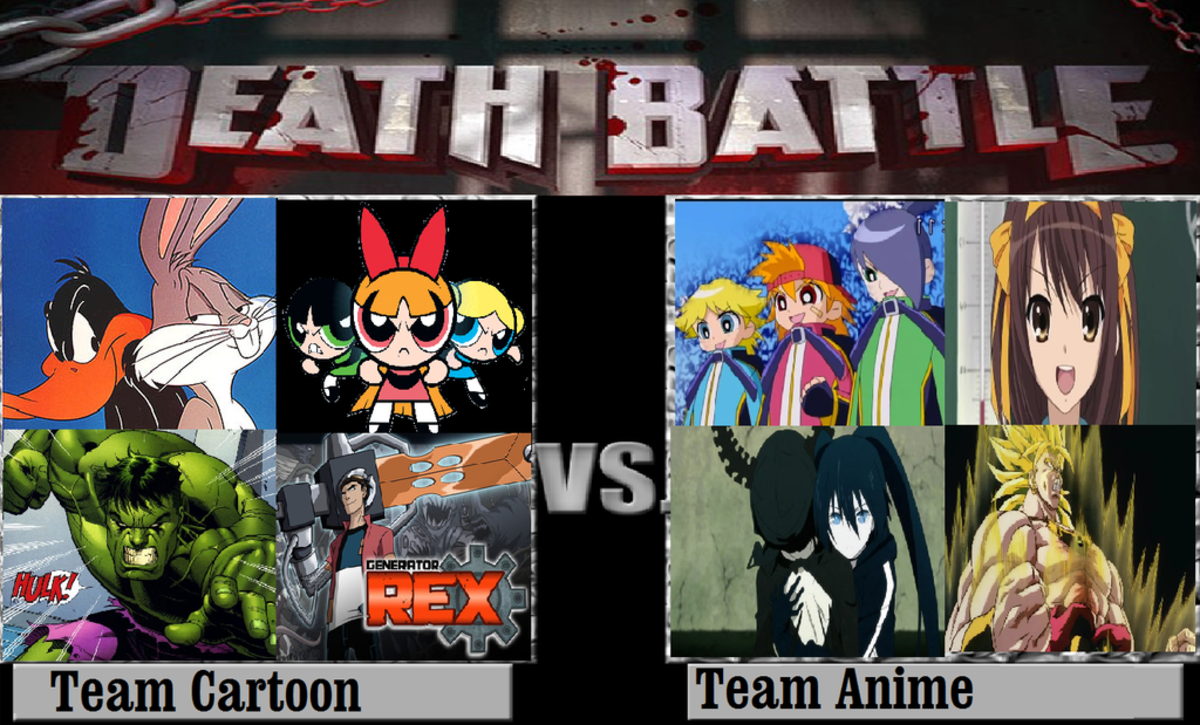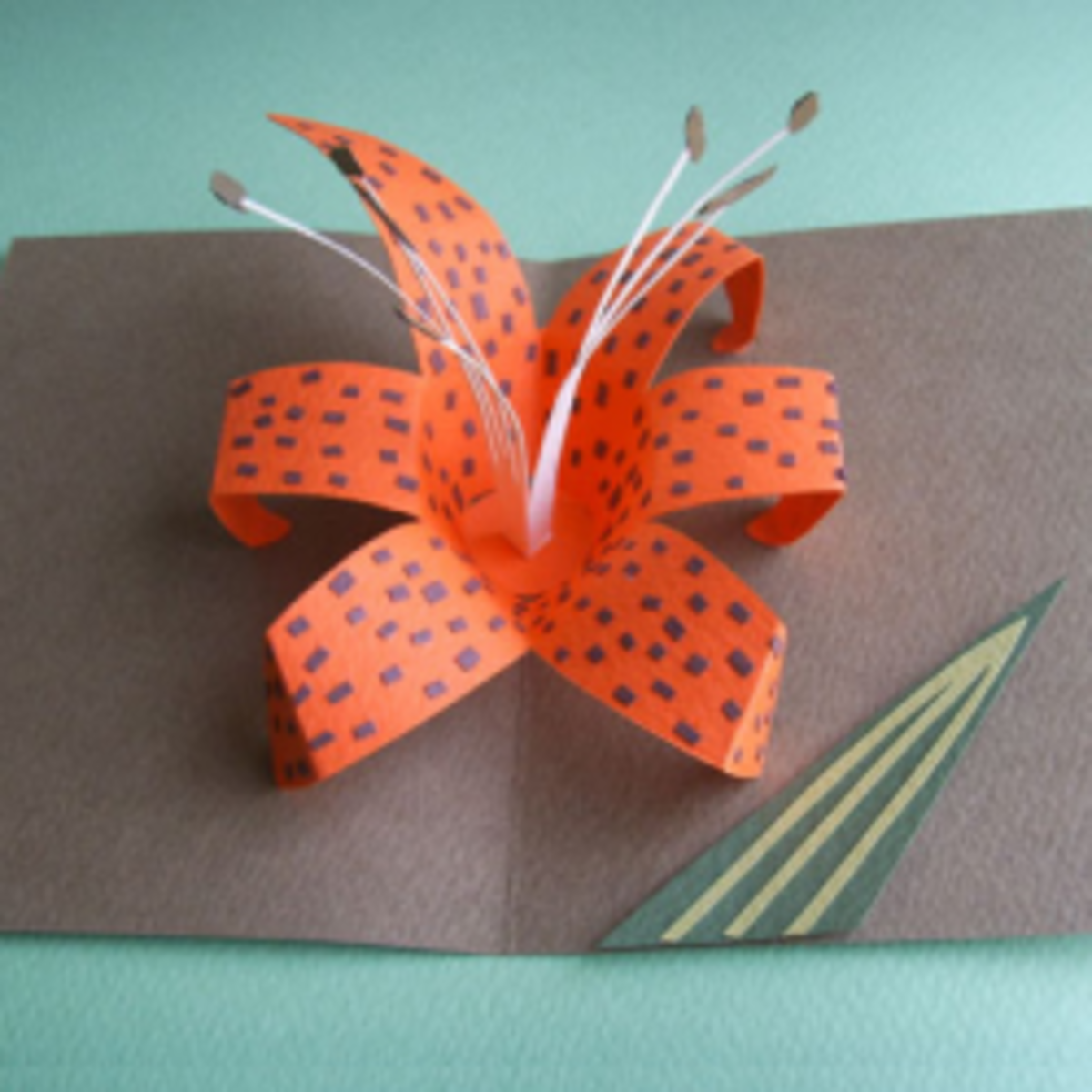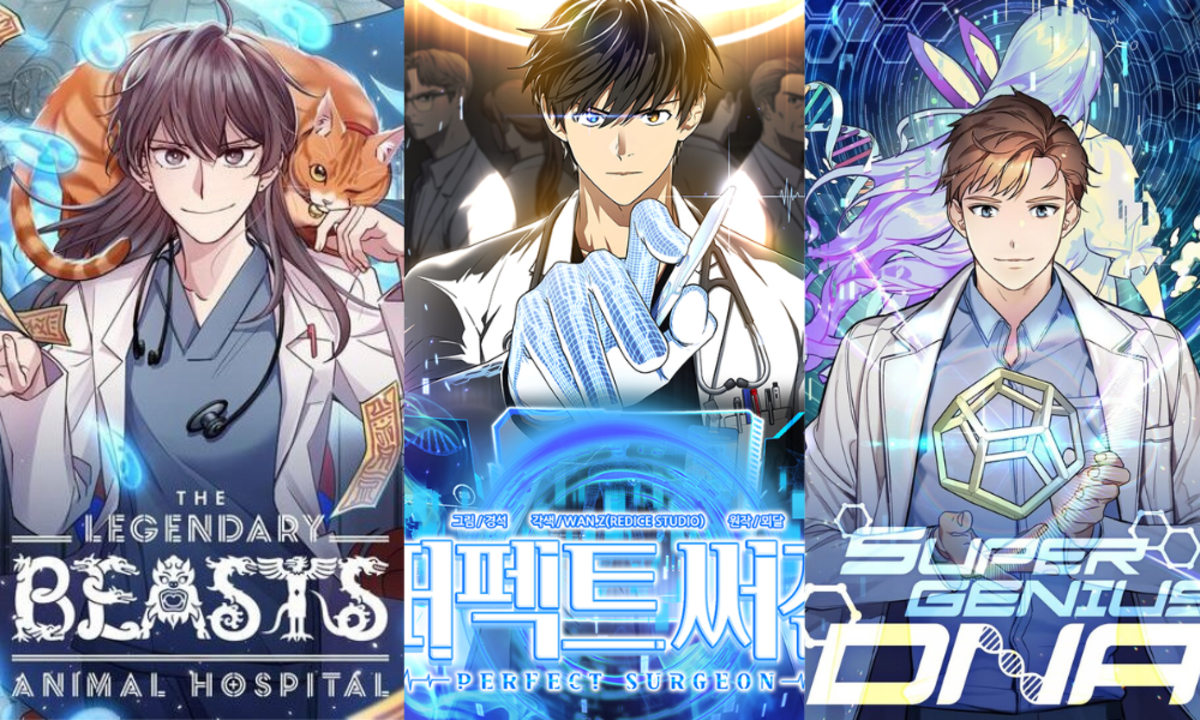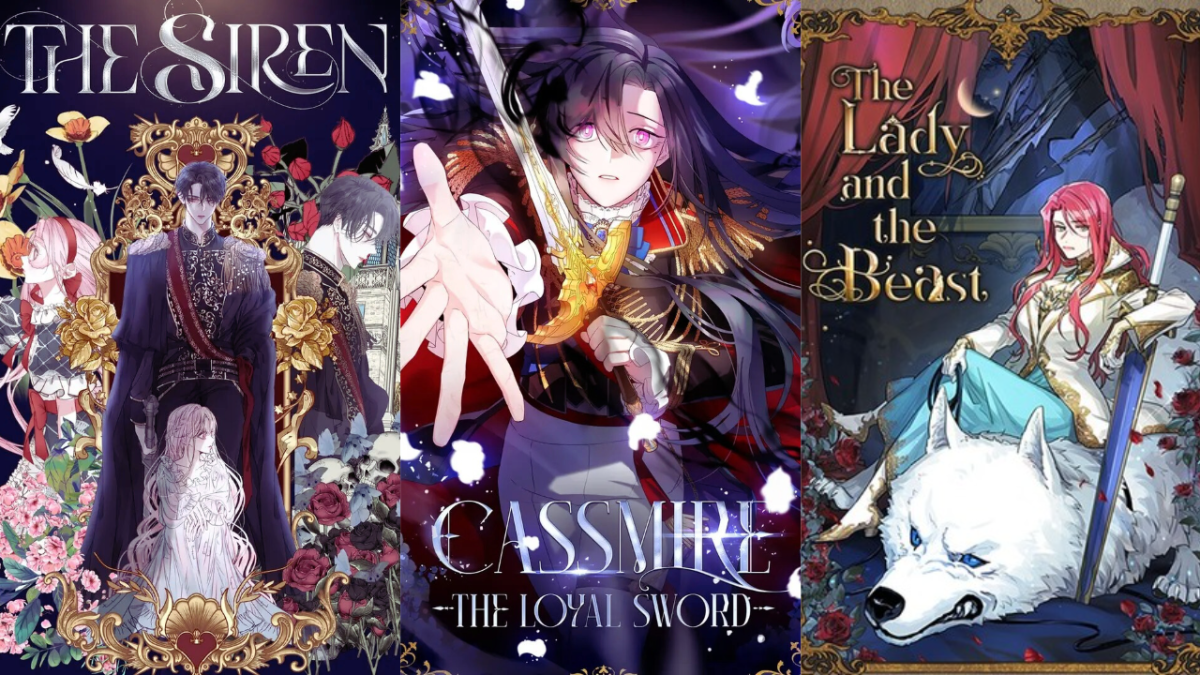How to Draw Comic Books - A Beginner's Guide
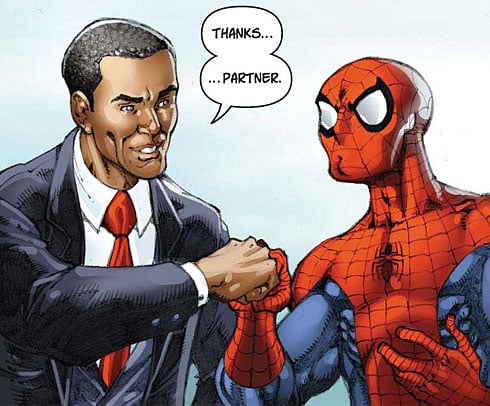
Basic Points on How to Make Comic Books
I do cartoons for fun. I like to create my own little cute characters and end up making short comic books revolving around these very figures. This page is all about how to draw comic books for beginners.
Did you know that drawing comic books can act as an outlet for your emotions and can reduce stress? Comic books are very different from other forms of books in that they have great storytelling capabilities and even have a greater visual appeal.
In order to draw comic books, you need to know some basic things.
Develop Your Own Style!
Are you interested in creating serious-themed cartoons or fun-filled comical cartoons (like myself)? First of all, you have to decide on what kind of cartoons you intend on drawing.
Serious kinds of cartoons call for more serious illustrations whereas for lighter-themed cartoons you can add cute characters with funny features.
If you are still unsure of which theme to go for, take some time in deciding and don't rush things. See which style suits you better, which you are more comfortable with, and then opt for that.
Basic Rules That Should Be Known by Any Comic Book Illustrator
1. Story Boarding
Storyboards can be considered as a rough draft of your entire comic book. It tells the sequence in which the story flows in your book from start to finish. You should have an idea of how your book will turn out and storyboarding hence forms a very important element in comic book creations.
2. Paneling
Next comes paneling where you will be creating scenes or panels. These panels are to be distributed among the various pages in your comic book. Panels will contain your drawings and text. The size of these panels is dependent on the importance of the scene. If it's a serious or dramatic scene, then bigger panels can be used.
3. Effects
Effects are meant to draw the reader's attention to the characters or a particular scene in your comic book. They are used to emphasize panels. Some popular effects include zoom in and zoom out.
4. Dialogue Bubbles
If your characters are saying or thinking anything then that is depicted by using bubbles. You should be careful to see that you don't take up too much space in a panel by using long dialogues.
Practise the Above 4 Steps Before Getting Into Advanced Techniques
After you have decided on your own style, learned the basic techniques involved with cartooning, then you are all set to go for more advanced techniques like inking and coloring. These advanced steps should only be taken after establishing the basic ones listed above.
If you are thinking of getting into cartooning, make sure you enjoy the process more than anything else. It can be a great creative hobby as well as means of earning some extra cash if you are skilled.
